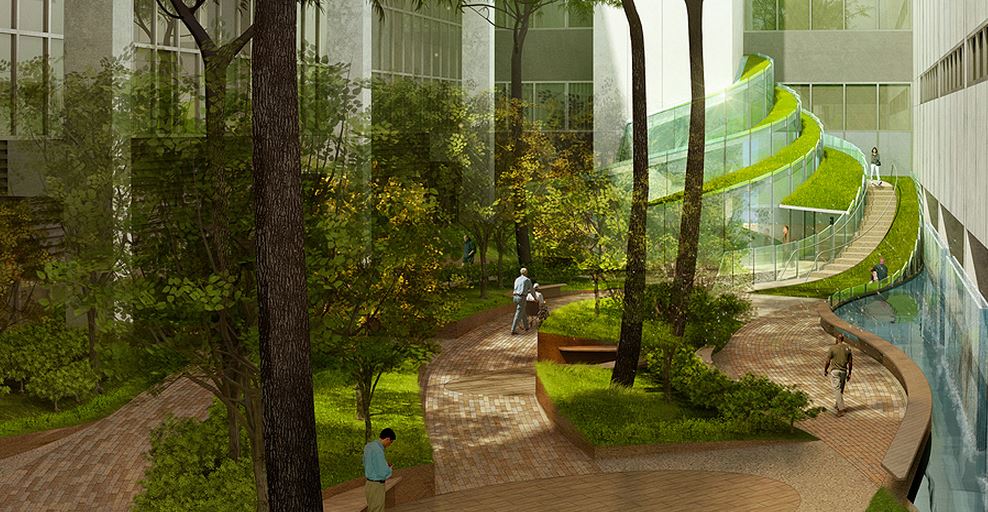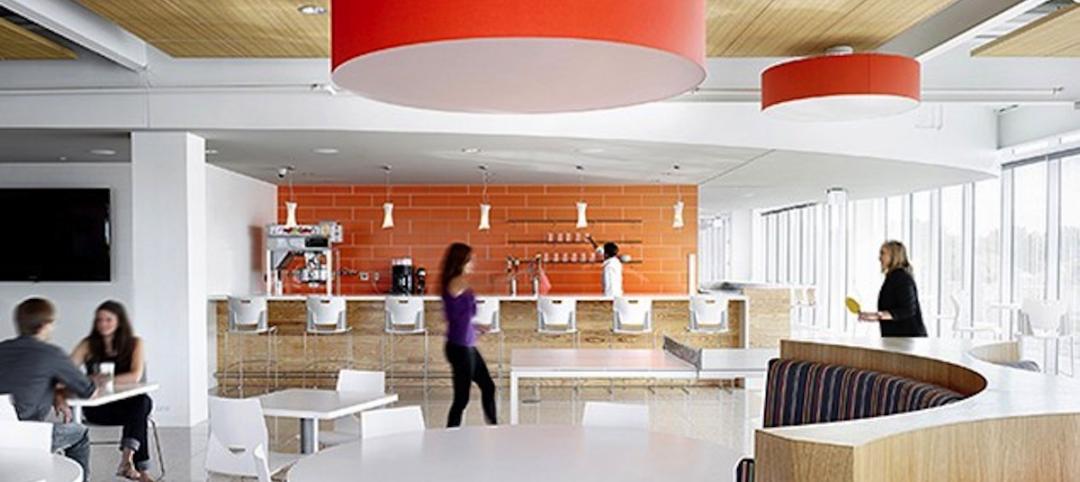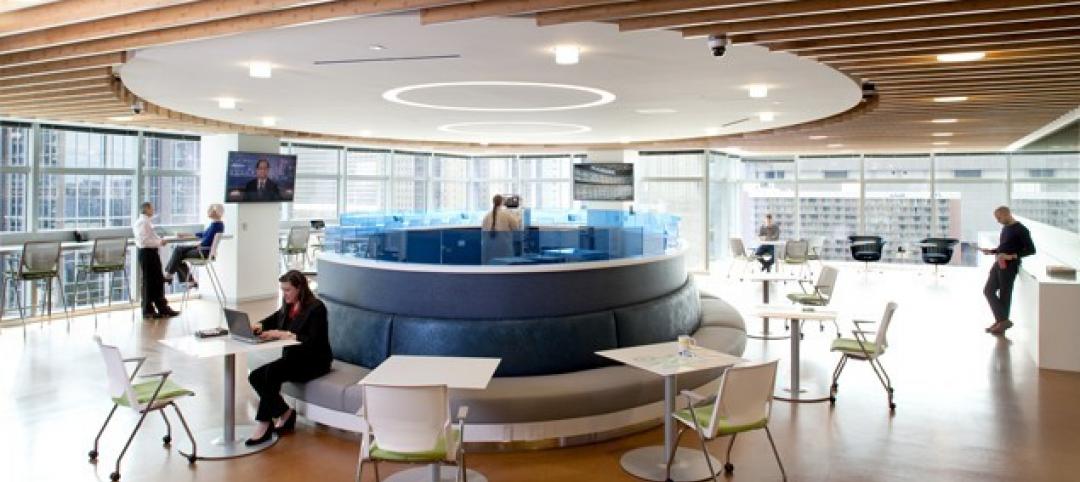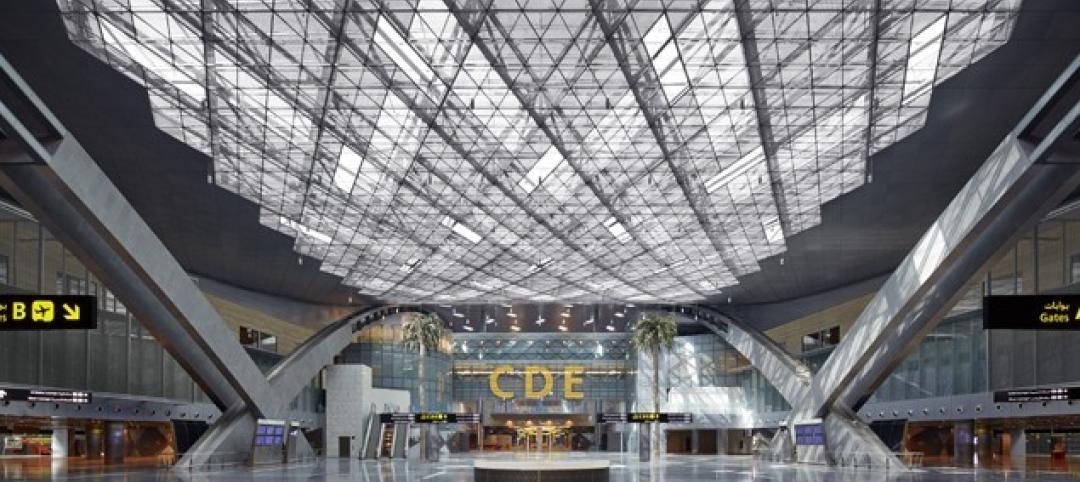I have spent the last several months writing about healthy workplaces—how work and the places that we work affect our health in one way or another. My research lately has focused on stress—how we get stressed and ways to manage it through meditation and other mindful practices. I have learned there are many different kinds of meditation practices, including transcendental meditation, walking meditation, concentrative meditation, qi gong, and heart rhythm meditation.
The most popular, widely adapted, and widely researched meditation technique in the Western world is known as mindfulness meditation, which is a combination of concentration and open awareness. Mindfulness is found in many contemplative traditions, but is most often identified with the Theravadan Buddhist practice of vipassana, or “insight meditation.” The practice is applied to daily actions, such as eating, walking, driving, or routine tasks.
Mindfulness was originally brought to the Western world around 30 years ago and made popular by Jon Kabat-Zinn among others. Kabat-Zinn was a student of Buddhist teachers such as Thich Nhat Hanh and Zen Master Seung Sahn and his practice of yoga and studies with Buddhist teachers led him to integrate their teachings with those of Western science. He created a process called Mindfulness-Based Stress Reduction (MBSR), now commonly offered by medical centers, hospitals, and insurance companies to help patients suffering from chronic pain. It turns out, MBSR and meditative practices like it, are just as important for healthy people too.
Mindful meditation is about “loosening attachment” to all of the stressors of life and seeing them with perspective. It is a helpful tool for putting things into context, especially when it comes to work. There are countless examples of how meditation has helped people in business. In fact, many successful business leaders use mindful meditation to help them focus and keep their attention on the present moment, like Oprah Winfrey, Bill Ford, Chip Wilson (founder of Lululemon), Eileen Fisher and Arianna Huffington.
Companies like Google, Apple, Astra Zeneca, McKinsey & Company and Aetna offer mindfulness programs to employees. Just a few minutes of meditation practice per day can help ease anxiety.
The thing about meditation, according to Joy Rains, a meditation speaker, author and guide, is that it requires time and space:
• Meditation space. Many offices have meditation or health and wellness rooms that can be used for this purpose. For example, the World Bank has meditation rooms specifically designed for their staff to decompress. In every building on the General Mills campus in Golden Valley, Minnesota, there is a meditation room, equipped with a few cushions for sitting practice and yoga mats where employees duck in to grab a few minutes of equanimity in between their meetings.
But workplaces also may have other features that can support a meditative practice. My office happens to be located near a park with a labyrinth in it, which is perfect for a walking meditation. The U.S. Food and Drug Administration buildings in College Park, Maryland, have little percussion instrument sounds that beat under a covered walkway between the parking lot and the front of the building, which can serve as a focal point for a short meditation coming into or leaving their office. Your workplace may have natural or even man-made elements that can serve to pull your mind away from the stress of the day and focus on something else to give it some release.
• Time for meditation. The best time to meditate, according to Rains, is when you can fit it into your life. Some people have a hard time taking 10-20 minutes out of their day and so just a few minutes walking from the parking lot to the front door of the office building may be all they can accommodate. That said, an ideal time to medicate is when you wake up and before you start your day. The purpose of meditation is to increase awareness and in the early morning hours, you are more aware of what you are feeling as opposed to the end of the day, when you may be too tired to concentrate. Another good time to meditate is after doing some sort of physical activity. Once you have burned off physical energy, it is easier to quiet the mind, especially when you are new at meditation. If you have ever taken a yoga class, you will notice that it typically involves moving in the beginning of the session and a meditation practice at the end for this very reason.
If you are just starting out a meditation practice, I find a guided meditation practice is really helpful. Though mediating is a very individual experience, having experts help you keep your mind focused and help you make adjustments to your practice will make meditation experience more sustainable and effective over time. There are any number of meditation classes probably being taught in your neighborhood (or maybe even by your employer). There are also online videos and apps that work really well. I particularly like Headspace, Buddhify 2 and “Mindfulness for Beginners” led by Jon Kabat-Zinn. Some of the meditative sequences are as short as five minutes—perfect if you are stressed at work and need to take a mental break without a lot of time.
Most meditation spaces today in corporate America are pretty bland, but I’m hopeful that as the importance of mindfulness becomes more apparent, some of the more compelling designs from health and wellness centers, hospitality and religious buildings will inform offices and other workplaces in the future.
About the Author
Leigh Stringer sits in HOK's Washington, DC, office. When she is not taking care of clients, listening to her husband talk politics, or playing with her two little girls, she writes a lot. Her book, The Green Workplace: Sustainable Strategies that Benefit Employees, the Environment and the Bottom Line, is a spin-off of from her blog of the same name, where she is the founder and editor. She came be reached at: leigh.stringer@hok.com. More on Stringer.
More from Author
Life at HOK | Apr 21, 2015
How to create an 'emotionally intelligent' workplace
Emotional intelligence is the leading predictor of performance in the workplace and the strongest driver of leadership and personal excellence.
Life at HOK | Feb 6, 2015
6 factors steering workplace design at financial services firms
Grossly underutilized space and a lack of a mobility strategy are among the trends identified by HOK based on its research of 11 top-tier financial services firms.
Life at HOK | Jan 6, 2015
Airports apply technology to maximize hospitality
Technology is transforming the guest experience and enabling designers to reimagine a new hospitality-oriented destination airport terminal.
Life at HOK | Dec 28, 2014
The future of airport terminal design: destination status, five-star amenities, stress-free travel
Taking a cue from the hospitality industry, airport executives are seeking to make their facilities feel more like destinations, writes HOK's Richard Gammon.
Life at HOK | Nov 17, 2014
Hospitality at the workplace: 5 ways hotels are transforming the office
During the past five years, the worlds of hospitality and corporate real estate have undergone an incredible transformation. The traditional approach toward real estate asset management has shifted to a focus on offerings that accommodate mobility, changing demographics, and technology, writes HOK's Eva Garza.
Life at HOK | Sep 9, 2014
Using Facebook to transform workplace design
As part of our ongoing studies of how building design influences human behavior in today’s social media-driven world, HOK’s workplace strategists had an idea: Leverage the power of social media to collect data about how people feel about their workplaces and the type of spaces they need to succeed.
Life at HOK | Aug 16, 2014
The science of learning: Designing the STEM learning facilities of the future
New technology and changing pedagogies are influencing how to best teach a generation of learners who have never known a world without smartphones or tablets, writes HOK's Kimberly Robidoux.
Life at HOK | Aug 5, 2014
Will driverless cars kill the parking structure?
A report from Deloitte highlighted how driverless cars could dramatically alter car ownership in the future, pushing the pendulum from ownership to rentals and ride sharing.
Life at HOK | May 19, 2014
What can architects learn from nature’s 3.8 billion years of experience?
In a new report, HOK and Biomimicry 3.8 partnered to study how lessons from the temperate broadleaf forest biome, which houses many of the world’s largest population centers, can inform the design of the built environment.
Life at HOK | Jan 30, 2014
How reverse engineering nature can spur design innovation
It’s not enough to copy nature. Today’s designers need a deeper understanding of environmental nuance, from the biome in.
















